Mangoes, often hailed as the “king of fruits,” are more than just a tropical delicacy—they are a vital component of global agricultural trade. With a sweet flavor, nutritional value, and cultural significance, mangoes are grown in over 100 countries. However, one critical factor influences their cultivation, harvest, and distribution more than any other: climate.
From temperature to rainfall patterns, climate plays a decisive role in mango growth cycles, flowering, fruit setting, and ultimately global supply. As climate change introduces new variables, understanding this relationship becomes even more essential for ensuring a stable and predictable mango supply chain.
Mango: A Climate-Sensitive Crop
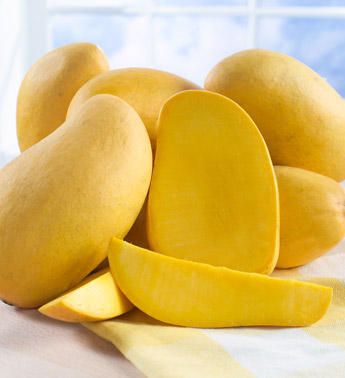
Mangoes thrive in warm, tropical, and subtropical climates. The ideal conditions for mango farming include:
- Temperature: 24°C to 30°C (75°F to 86°F)
- Rainfall: 750–2500 mm annually
- Dry Season: Essential during flowering and fruit development
- Soil Type: Well-drained loamy soils
Fluctuations in any of these parameters—especially due to unpredictable weather events—can lead to poor flowering, low yields, or fruit damage, directly affecting both domestic markets and exports.
Key Mango-Producing Countries and Their Climate
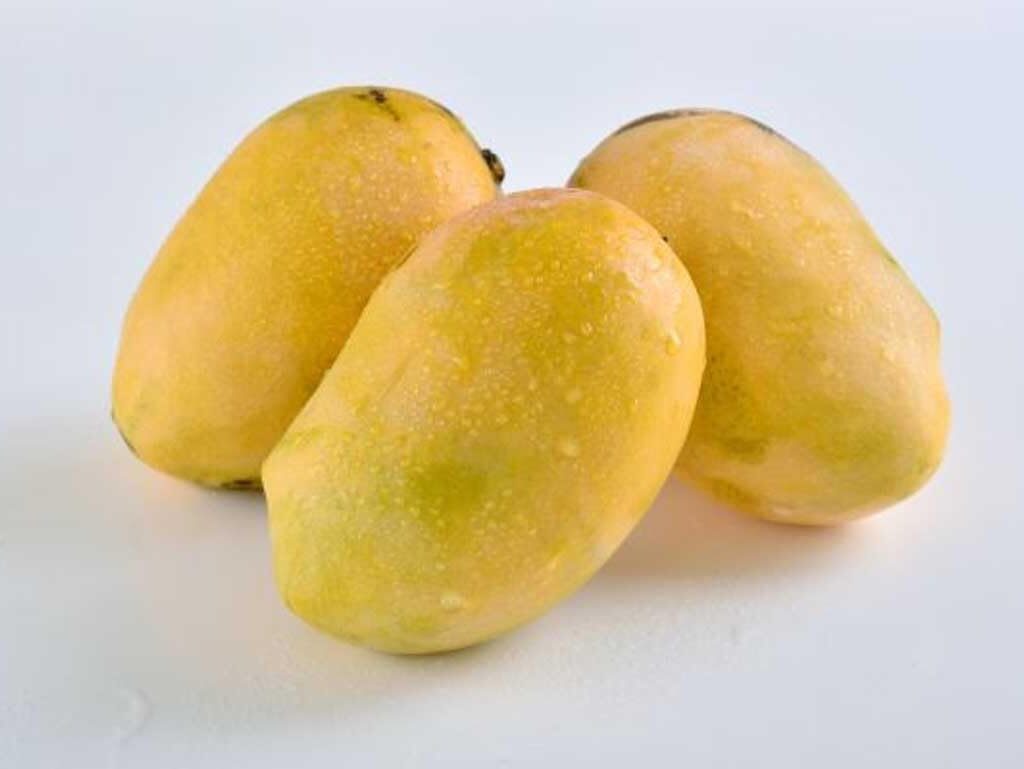
Let’s explore how different regions contribute to the global mango supply based on their climatic suitability:
1. India – The World’s Largest Mango Producer
India contributes nearly 40% of global mango production, with states like Uttar Pradesh, Andhra Pradesh, Maharashtra, and Gujarat being the leading growers.
- Climate Influence: India’s subtropical zones provide ideal conditions, with hot summers and dry pre-monsoon periods encouraging flowering. However, unseasonal rains or temperature spikes can harm the crop.
- Challenges: Rising temperatures and changing rainfall patterns have caused issues like early flowering, increased pest attacks, and fruit drop.
2. Mexico – Major Exporter to the US
Mexico ranks second globally in mango production and is the largest exporter to the United States, shipping over 400,000 tons annually.
- Climate Influence: Mangoes are grown in tropical coastal areas like Sinaloa, Chiapas, and Nayarit. These regions enjoy a distinct wet-dry climate cycle that promotes excellent fruiting.
- Climate Risks: Droughts and hurricanes threaten the harvest, but irrigation and improved forecasting help manage production.
3. Thailand, Philippines, and Vietnam – Southeast Asian Contributors
These nations have strong domestic mango markets and contribute to regional and international exports.
- Climate Influence: Consistently warm temperatures and monsoon rainfall support year-round production in some regions.
- Climate Risks: Excess humidity leads to fungal diseases like anthracnose, which can drastically reduce quality and shelf life.
4. Brazil and Peru – South America’s Mango Powerhouses
- Brazil: Produces mangoes primarily in the São Francisco Valley, a semi-arid region utilizing irrigation.
- Peru: Uses its desert climate with river-fed irrigation to export off-season mangoes (especially Kent variety) to Europe and North America.
- Climate Benefit: Dry air and controlled irrigation result in high-quality export-grade mangoes with minimal disease risk.
- Climate Risks: Changes in Andean water supplies due to glacial melting can disrupt irrigation reliability.
How Seasonal Climate Affects Global Mango Flow
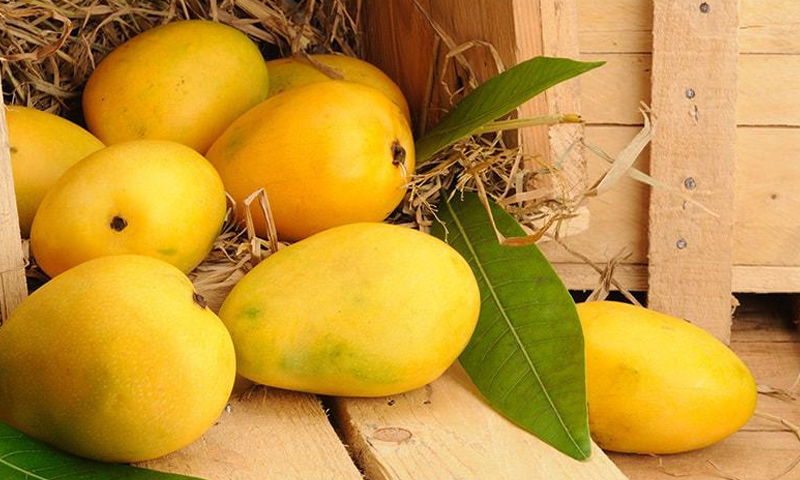
Mango production is seasonal, but thanks to geographical diversity, mangoes are available globally nearly year-round. Here’s how climate helps create a global supply calendar:
| Region | Harvest Season | Climate Support |
|---|---|---|
| India | March – July | Hot dry pre-monsoon triggers flowering |
| Pakistan | May – August | Similar to India with warmer arid zones |
| Mexico | March – September | Tropical dry season promotes staggered crops |
| Peru | November – March | Southern Hemisphere summer, irrigated farms |
| Thailand | March – June | Monsoons support off-season varieties |
| Egypt | June – September | Arid summer production using Nile irrigation |
This climatic offsetting ensures that exporters can meet demand in non-producing countries throughout the year.
Effects of Climate Change on Mango Farming

Climate change presents a significant challenge for the future of mango production:
1. Temperature Extremes
- Excessive heat during flowering can cause poor fruit set.
- Unusual cold spells delay fruit maturity or cause fruit drop.
2. Rainfall Irregularity
- Rain during flowering damages pollen and hinders fertilization.
- Droughts reduce fruit size and increase stress on trees.
3. Pest and Disease Spread
- Warmer temperatures increase pest populations like fruit flies and mealybugs.
- Humid conditions escalate fungal infections.
4. Changing Growing Zones
- Mango farming may shift to newer areas, including temperate regions, due to warming trends, but these regions often lack infrastructure or experience.
Climate Management Practices in Mango Farming
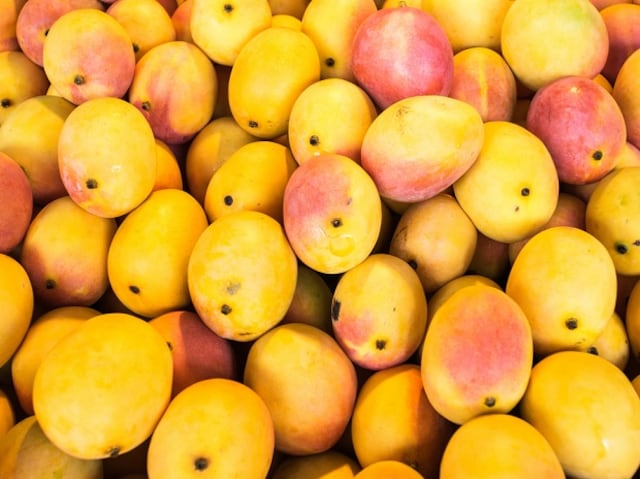
Farmers and governments are increasingly investing in climate-smart agriculture to stabilize mango supply:
A. Irrigation Techniques
- Drip irrigation in arid areas like Peru and western India ensures consistent water supply while conserving resources.
B. Flowering Manipulation
- Use of chemical sprays (like potassium nitrate) and controlled water stress to induce off-season flowering.
C. Integrated Pest Management (IPM)
- Climate-resilient pest monitoring, organic control methods, and early-warning systems help reduce losses.
D. Research and Breeding
- Development of climate-tolerant varieties that are:
- More heat-tolerant
- Resistant to pests
- Capable of fruiting under irregular rainfall
Economic Implications of Climate on Supply
The global mango export market was valued at USD 2.9 billion in 2024, and climate stability directly impacts trade volume and prices.
- India and Pakistan: Erratic weather causes price volatility in domestic and export markets.
- Peru and Brazil: Stable desert climates with irrigation make them more reliable exporters.
- Southeast Asia: Climate-induced disease outbreaks often lower export quality.
Importers in Europe, the Middle East, and the US adjust sourcing based on seasonal availability, climate reliability, and phytosanitary conditions.
Future Outlook
With global mango demand rising, the future of supply depends on climate adaptation strategies. Key developments to watch:
- Expansion into newer geographies like South Africa, Northern Australia, and Mediterranean North Africa.
- Use of AI and satellite forecasting for climate-based yield prediction.
- Improved cold-chain infrastructure to handle supply fluctuations caused by climate-induced harvest delays.
Conclusion
The global supply of mangoes hinges on a delicate balance between crop physiology and climate. While traditional tropical and subtropical climates have long been the cradle of mango production, shifting weather patterns now threaten to disrupt this equilibrium. Adapting farming methods, investing in resilient varieties, and leveraging climate-smart technologies are vital to safeguarding mango production and sustaining the global fruit economy. As mango continues its reign as a global favorite, ensuring its supply in a warming world must be a shared international priority.
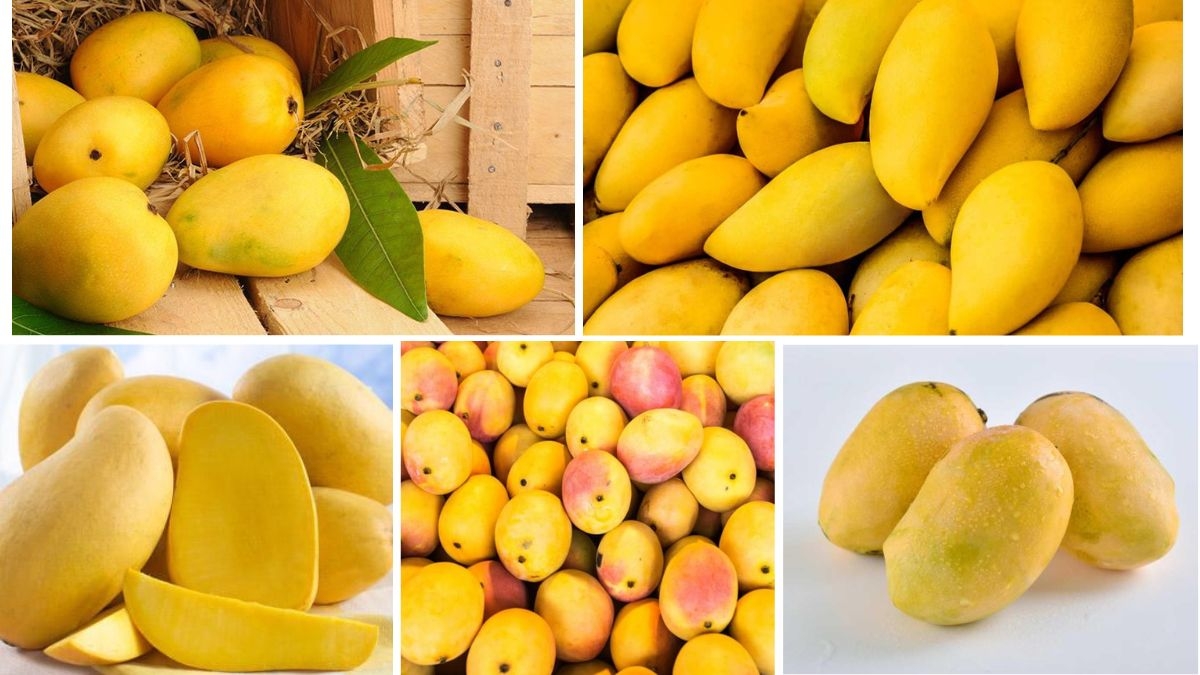



Leave A Comment